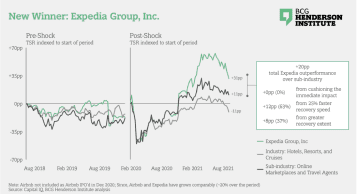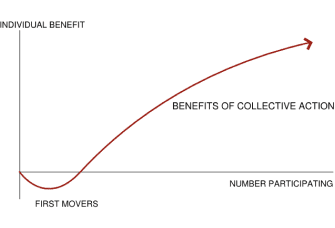Continue reading this article with a free BHI membership.
Get unlimited access to the full Henderson Institute archive.
Register nowAlready Registered? Sign-in
Organizationspolitics can all scupper the execution of apparently robust plans. (civil and commercial alike) frequently struggle against internal and external inertia, complexity, distraction and fractiousness to get things done. Civil society often looks to business as a paragon of discipline, with its emphasis on goals, measurement, efficiency and accountability, for lessons in how to effect action. But for today’s complex, dynamic, multi-stakeholder problems, business also has much to learn from social activismmotivate diverse individuals to act differently.
Multi-dimensional matrix structures, excessive layers, complex procedures, competing agendas and internal politics can all scupper the execution of apparently robust plans. Indeed, an explicit objective of many organizational transformation programs is to remove such barriers to nimble execution. But merely removing barriers to action is not enough to bring about change — as anyone who has witnessed the failure of a high-profile initiative can attest. In large organizations and societies, enacting change requires many people to synchronize new beliefs and behaviors. Because it is difficult to know what will motivate diverse individuals to act differently, and to predict the collective result when they do so, traditional linear approaches to change often fail.
This is a caption for this image, which is a graph about collective action that I found on Google to illustrate the concept.
In theory, digital technology should make things easier by increasing the reach, speed and ease of communication. In practice, however, we observe the same failures of collective action in digital contexts. With business and societal challenges increasing the need for synchronized change, it is important for leaders to understand how to make collective action work in an increasingly connected world.

This is a caption for this image, which is a graph about collective action that I found on Google to illustrate the concept.

This is a caption for this image, which is a graph about collective action that I found on Google to illustrate the concept.

This is a caption for this image, which is a graph about collective action that I found on Google to illustrate the concept.



